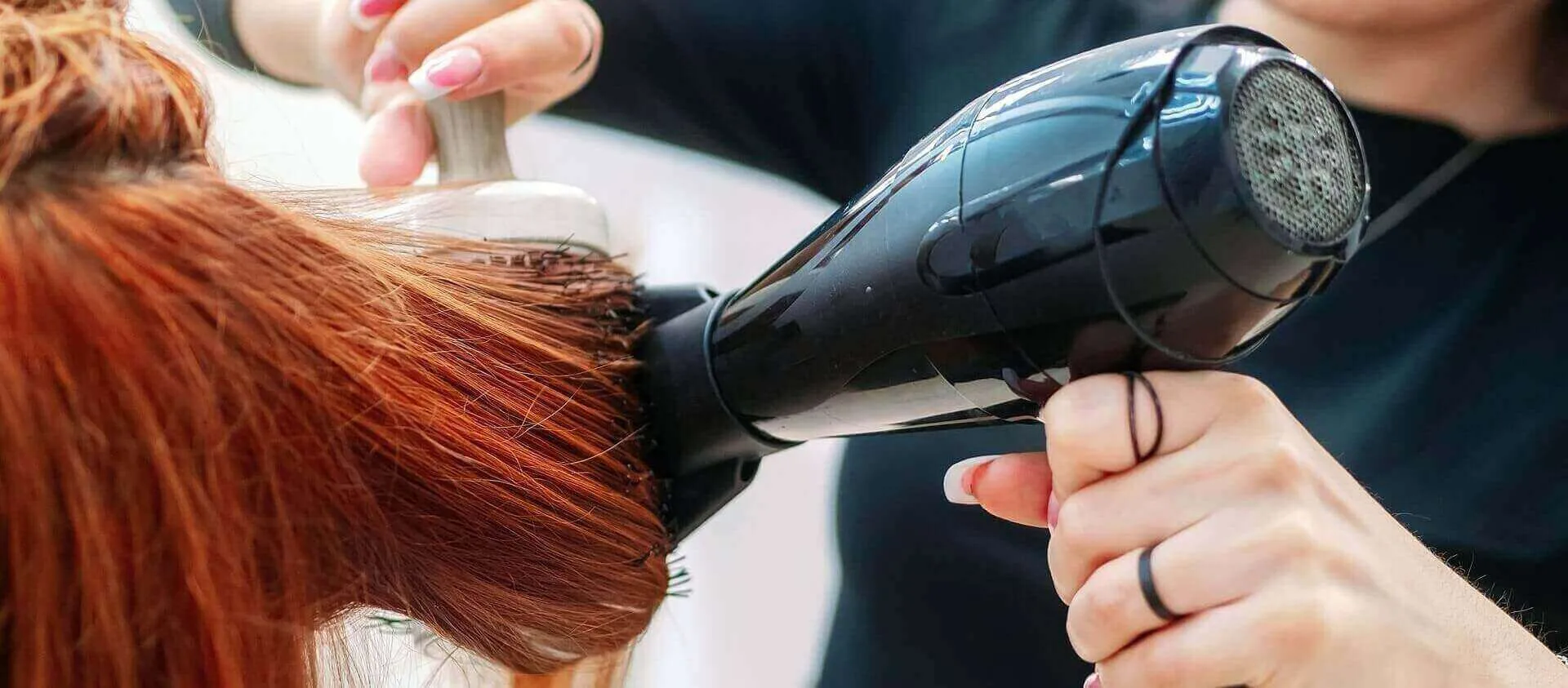Noise levels of everyday sounds: How loud is too loud?

Noise levels of everyday sounds: How loud is too loud?
5 minutes
Published: 18 September 2023
30 January 2025
Every day, we're surrounded by a symphony of sounds, from the gentle hum of life to the occasional burst of excitement. Our incredible ears team up with our brain to make sense of it all, starting with the magic that happens in the cochlea.
While our ears are fantastic at sorting sounds and deciding what's important, they can also adapt to louder noise levels if we're exposed to them often.
From everyday stuff to our favorite hobbies, we've analysed some data to share insights on sounds that might not be so friendly to your hearing in the long run.
But don't worry; we're here to help you navigate this noisy world. We’ve also used this data to offer guidance on when you should consider a free hearing test or check if you might have tinnitus.
Understanding decibel levels and identifying safe sound levels
Sound is measured in units called Decibels, also known as dB.
Decibels(dB) are named in honour of Alexander Graham Bell, the inventor of both the telephone and the audiometer. An audiometer is a device that measures how well a person can hear certain sounds.
To provide context, the average whisper is measured at 30 dB and a normal conversion is measured at around 60 dB. Safe levels of noise are recommended at 60 dB and below.
For example, the average motorcycle has a dB of 95 - it’s possible to suffer from hearing loss or tinnitus after 50 minutes of continuous exposure.
It’s important to understand what noises can impact ear health. Below, you can find more information on what noises are associated with common jobs or hobbies.

Harmful sounds for your hearing
In the table below, you can find the average dB level of the more harmful sounds that have been tested.
These have been measured and organised into a table, and linked to professions that experience these certain noise levels in the workplace.
Rank | Sounds Tested | Industry | Industry dBA Average |
|---|---|---|---|
1 | Emergency vehicle siren, mounted on car grill, at front of car | Emergency services professionals | 114.0 |
2 | Police motorcycle, Kawasaki 1000, siren on | Police officer | 110.0 |
3 | Night club, floor staff, UK | Bar/nightclub staff | 102.0 |
4 | Chainsaw | Tree surgeon | 102.0 |
5 | Crane, paving machine, Bulldozer, drill, construction noise | Construction worker | 99.3 |
6 | Night clubs, DJs, UK | DJs | 99.0 |
7 | Labourers - demolition | Labourer | 99.0 |
8 | Ambulance, inside with siren on | Paramedic | 97.0 |
9 | Farming combines, Tractor, Pig squeals | Farmer | 96.3 |
10 | Electricians - installing trench conduit, Electricians - pulling wire | Electrician | 96.0 |
11 | Ironworkers - erecting Iron, Ironworkers - grinding | Ironworkers | 92.0 |
12 | Welding | Welder | 91.0 |
13 | Lawn mower, gas-powered and electric, Leaf blower | Gardener | 85.3 |
14 | Waste disposal | Waste disposal person | 78.0 |
15 | Vacuum cleaner | Cleaner | 75.0 |
16 | Hair dryer | Hairdresser | 75.0 |
Those in emergency services were found to be at high levels of risk when it came to exposure to dB levels on a daily basis. This was measured by the siren levels they were exposed to.
Sounds above 105 dB can cause hearing loss after five to ten minutes. As well as this, pain and injury to the ear, such as tinnitus, can be risky for people like police officers and bar/nightclub staff who are exposed to high sound levels.
Chainsaws, which are used regularly by tree surgeons are also high on the list. So, it’s important that those who work in this industry are provided with the correct health and safety equipment.
Professions exposed to a dB average of 90 to 100 can suffer from hearing damage after 50 minutes of continuous exposure. These include jobs for those in construction, farming, trade (like electricians and ironworkers) and music entertainment (such as DJs).
Gardeners, cleaners, hairdressers and those in waste disposal also made the top of the list - common jobs that many people work within. Working with tools or machinery can have negative effects over time. For example, a hairdresser listens to a hairdryer all day. A dB of 80 to 85 can cause damage to hearing after just two hours.
When should i go for a hearing test?
Hearing loss affects one in six people in the UK. If you’re over 50, we recommend having a hearing check every two years to monitor your hearing.
At Boots Hearingcare, these tests are completely free and only take 15 minutes – book a free hearing test today.
Because hearing loss can be gradual, it’s not always easy to notice if your hearing isn’t as sharp as it used to be. Here are some signs to watch out for:
• Others complain that the TV volume is too loud.
• It’s challenging to follow conversations in noisy environments.
• Phone conversations are difficult, even in quiet settings.
• People seem to mumble frequently, requiring you to ask them to repeat themselves.
Often, loved ones may notice your hearing loss before you do, subtly hinting when they observe you having trouble hearing.

References
Safe dB levels and average levels of sound - NHS: Centre of Disease Control & Prevention
Sounds tested by 3M
Author
Boots Hearingcare
Boots Hearingcare



